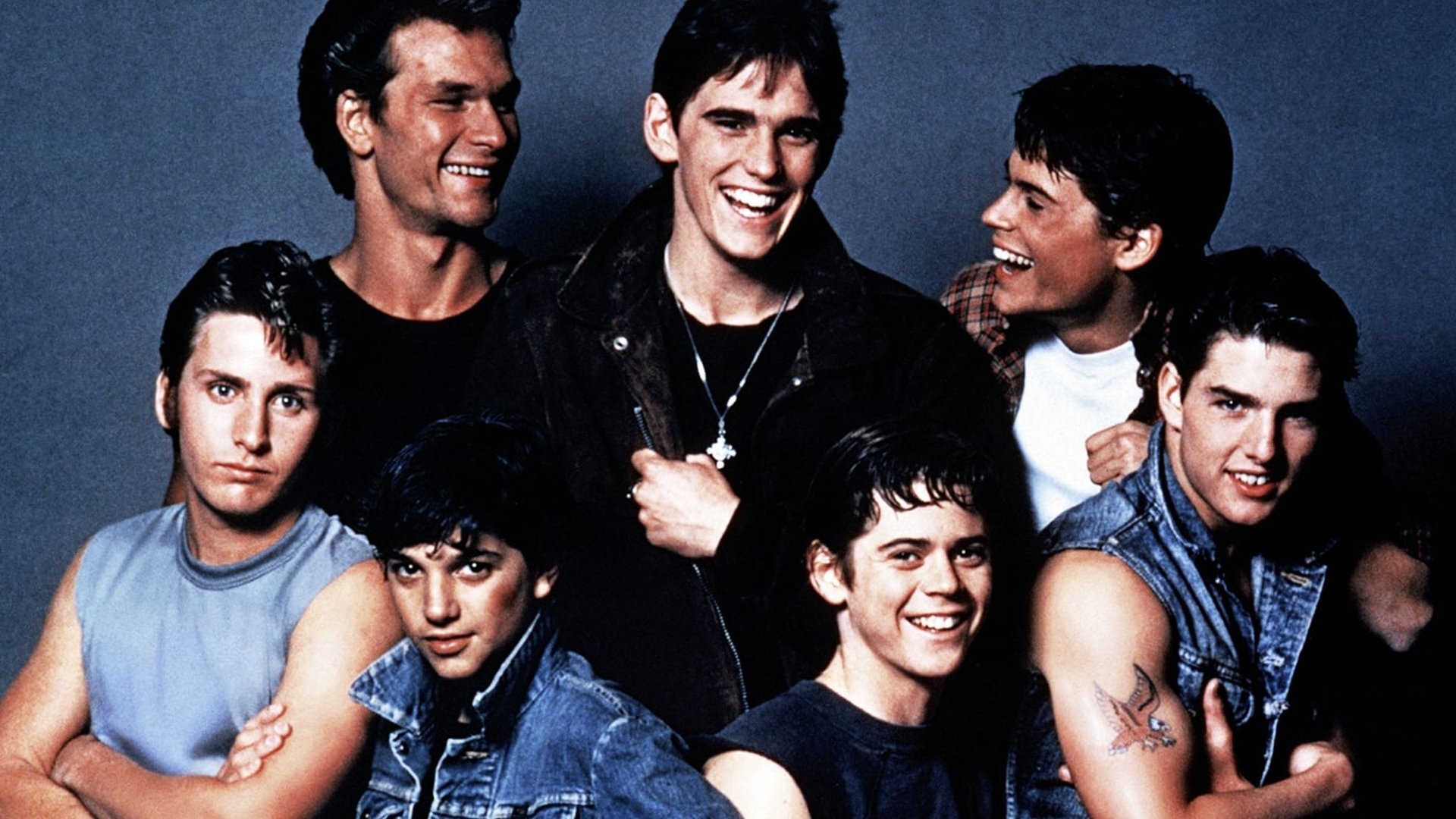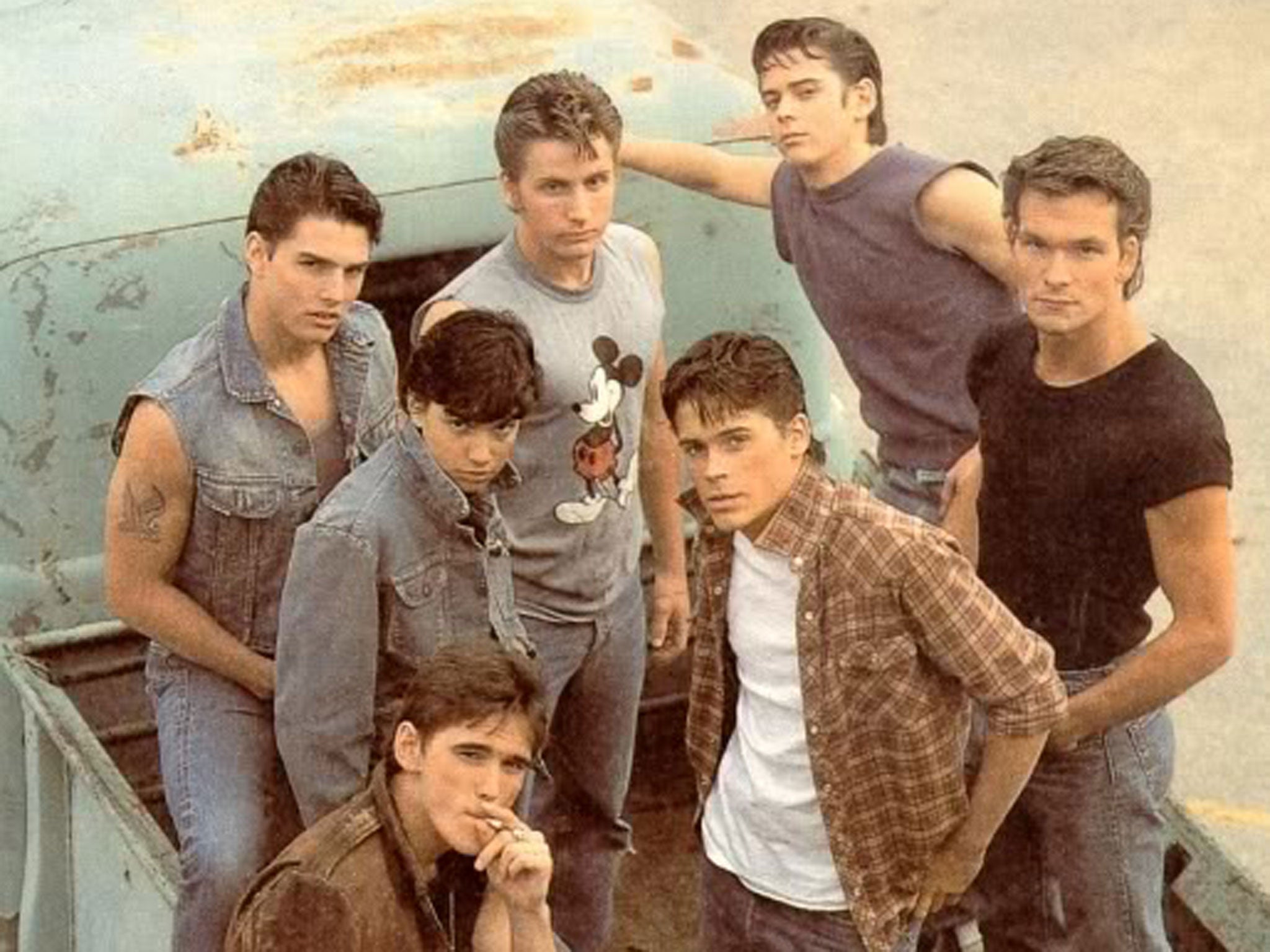Character Analysis: The Outsiders

The Outsiders by S.E. Hinton presents a complex web of characters, each grappling with their own struggles and motivations. Among them, the trio of Ponyboy, Johnny, and Dally stands out, embodying the core dynamics of the novel.
Ponyboy, the narrator and protagonist, represents the innocence and vulnerability of youth. He yearns for a sense of belonging and connection, often feeling like an outsider within his own gang. Johnny, on the other hand, is a troubled and sensitive soul, haunted by a traumatic past. He finds solace in Ponyboy’s friendship and together they form a bond of unwavering loyalty. Dally, the enigmatic and hardened gang member, serves as a mentor to both Ponyboy and Johnny. Despite his rebellious and reckless nature, Dally possesses a deep-seated loyalty and a yearning for redemption.
The Greasers and the Socs
The novel also explores the contrasting motivations and struggles of the Greasers and the Socs. The Greasers, coming from the poorer side of town, are often marginalized and looked down upon by the wealthier Socs. They find solace in their shared experiences and form a tight-knit community, relying on each other for support and protection. In contrast, the Socs, hailing from affluent backgrounds, often engage in acts of violence and aggression out of boredom and a sense of entitlement.
Symbolism and Significance of Names
Hinton carefully chooses the names of her characters to reflect their personalities and journeys. Ponyboy’s name, for instance, evokes a sense of youth and innocence, while Johnny’s name suggests vulnerability and a need for protection. Dally’s name, derived from “Dallas,” hints at his rebellious and reckless nature. These names serve as powerful symbols, enriching the characters’ development and adding depth to the narrative.
Social and Cultural Context
The novel “The Outsiders” by S.E. Hinton is set in a small town in Oklahoma in the 1960s. The story revolves around two rival gangs, the Greasers and the Socs. The Greasers are a group of working-class boys who are often seen as outsiders by the rest of society. The Socs, on the other hand, are a group of wealthy, privileged boys who come from good families.
The socioeconomic disparities between the Greasers and the Socs are a major source of conflict in the novel. The Greasers feel that they are being treated unfairly by the Socs, and they resent the fact that the Socs seem to have everything that they don’t. This resentment often leads to violence, as the Greasers try to prove their worth to the Socs.
The novel also reflects the social tensions and class struggles of the 1960s. The United States was undergoing a period of great social change at the time, and there was a lot of tension between different groups of people. The Greasers and the Socs represent two different sides of this divide, and their conflict can be seen as a microcosm of the larger social tensions that were happening in the country at the time.
Themes
The novel explores several important themes, including violence, loyalty, and the search for identity. Violence is a major part of the novel, as the Greasers and the Socs are constantly fighting with each other. However, the novel also shows how violence can be destructive, and it ultimately leads to the death of one of the main characters.
Loyalty is another important theme in the novel. The Greasers are a very close-knit group, and they are always there for each other. This loyalty is tested when one of the Greasers is accused of murder, and the rest of the gang must decide whether or not to stand by him.
Finally, the novel explores the theme of the search for identity. The Greasers are all trying to figure out who they are and where they belong in the world. This search for identity is complicated by the fact that they are constantly being judged by others.
Narrative Structure and Style

S.E. Hinton’s “The Outsiders” employs a captivating narrative structure and style to delve into the complexities of teenage life and the stark divide between social classes. The novel’s skillful use of flashbacks and foreshadowing, coupled with its compelling first-person narration, immerses the reader in the turbulent world of its young protagonists.
Use of Flashbacks and Foreshadowing
The novel’s narrative unfolds through a series of flashbacks, providing glimpses into the characters’ past experiences and motivations. These flashbacks not only enhance the reader’s understanding of the present events but also foreshadow future developments. For instance, the opening chapter’s vivid depiction of the rumble between the Greasers and Socs foreshadows the tragic events that will follow.
Impact of First-Person Narration
The novel’s first-person narration through Ponyboy Curtis’s perspective offers a deeply subjective and intimate account of events. The reader is privy to Ponyboy’s innermost thoughts, feelings, and biases, fostering a sense of empathy and connection. This perspective also limits the reader’s knowledge to Ponyboy’s experiences, creating a sense of suspense and uncertainty as events unfold.
Perspectives of Ponyboy and Johnny, The outsiders
| Character | Perspective | Key Experiences |
|---|---|---|
| Ponyboy | Sensitive, intelligent, and introspective | – Witnessed the death of his best friend Johnny – Grappled with the complexities of class and social injustice – Found solace in reading and writing |
| Johnny | Quiet, timid, and misunderstood | – Killed Bob Sheldon in self-defense – Fled with Ponyboy to avoid retribution – Died from injuries sustained in a church fire |